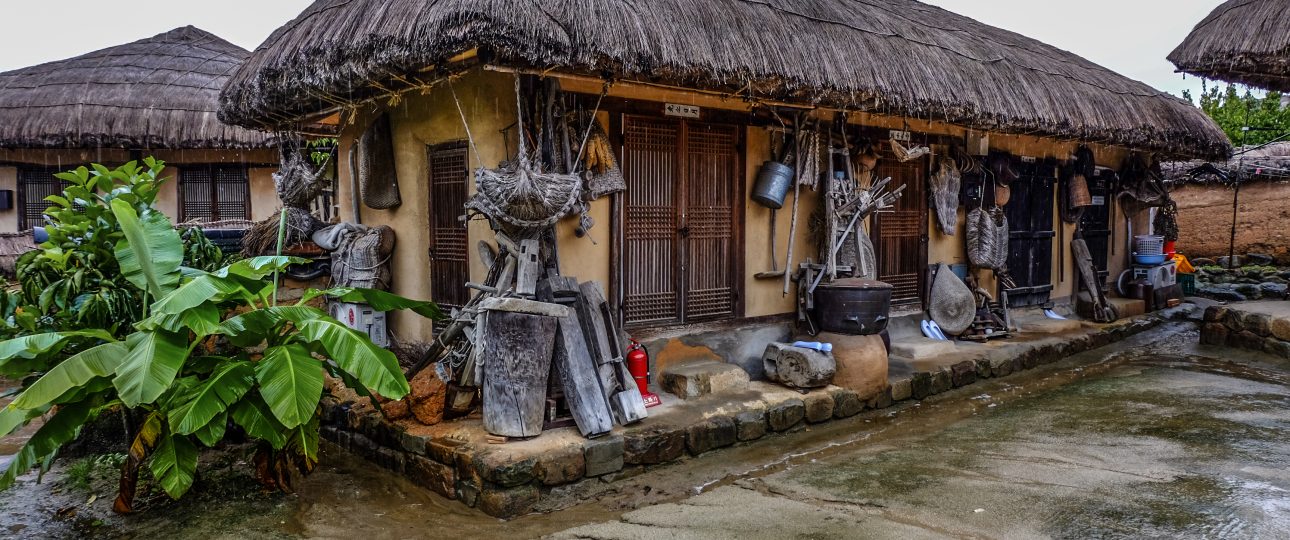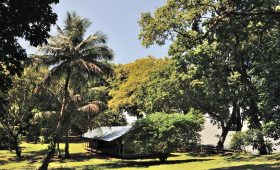Exploring Hahoe Folk Village
Hahoe Folk Village, located in Andong, South Korea, offers a rare glimpse into the country’s historical and cultural past. Established in the 15th century during the Joseon Dynasty, this village is a living museum of traditional Korean life, architecture, and customs.
Unique Features of Hahoe Folk Village
The village is renowned for its well-preserved architecture, including both aristocratic tile-roofed residences and thatched-roof homes. These structures reflect the Confucian culture of the early Joseon era. Notable buildings include the Chunghyodang Manor and Yangjindang Manor, both designated as national treasures.
Hahoe is also famous for the Hahoe Mask Dance Drama, a traditional performance that combines ritual, folk opera, and pantomime. This dance, recognized as National Intangible Cultural Treasure No. 69, is a shamanist rite that honors the communal spirits of the village.
Historical Significance
The village was founded by the Ryu clan of Pungsan and has maintained its one-clan community structure. It is divided into Namchon (South Village) and Pukchon (North Village), with each area historically linked to different branches of the Ryu family. The village’s layout follows geomantic principles, resembling a lotus flower or interlocking comma shapes.
Best Time to Visit
Spring and autumn are ideal times to visit Hahoe Folk Village. Spring brings cherry blossoms, while autumn offers vibrant foliage. However, the village can become crowded during weekends and holidays, so visiting on weekdays or during off-peak hours is advisable for a quieter experience.
Getting There
Hahoe Folk Village is accessible from Seoul via several transportation options:
- By Bus: Take an intercity bus to Andong Bus Terminal, then a local bus or taxi to the village.
- By Train: Travel by train to Andong Station, followed by a taxi or local bus to the village.
- By Car: Rent a car and drive to the village. Parking is available near the entrance.
Exploring the Village
The village is best explored on foot. Its compact size makes it easy to navigate, but be prepared for uneven paths. Comfortable shoes are recommended. For a deeper understanding of the village’s history and culture, consider hiring a local guide at the entrance.
Additional Highlights
Visitors can see the 650-year-old zelkova tree, known as Samsindan, believed to house the goddess Samsin. Wishes are often written on paper and hung near the tree. The village also hosts the Jeulbul Nori, a traditional firework display at Buyongdae Cliff.
Since 2010, Hahoe Folk Village has been a UNESCO World Heritage Site, attracting over a million visitors annually. However, to preserve its integrity, tour carts have been banned since 2021.




